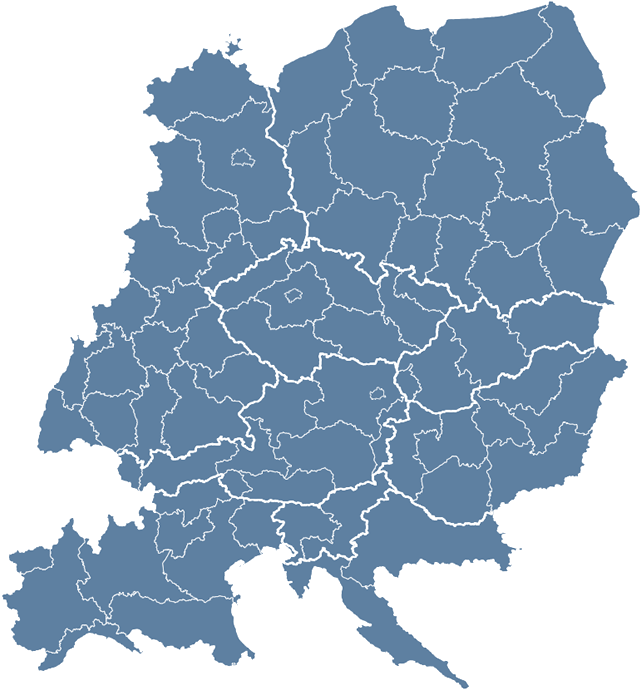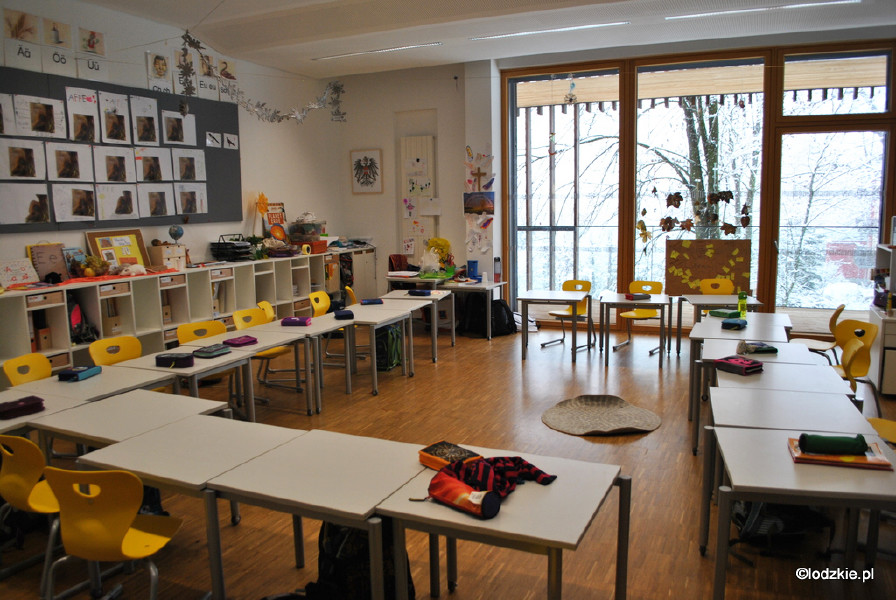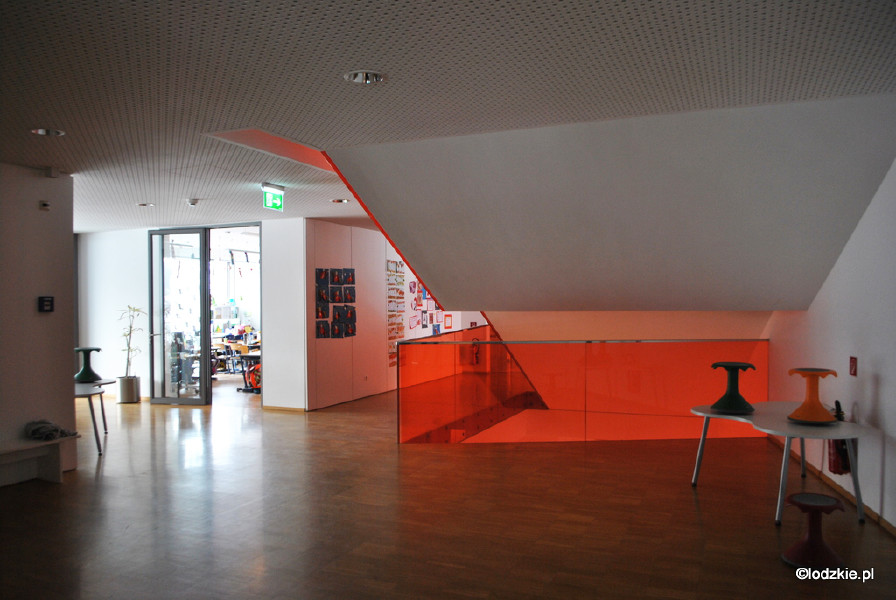InAirQ Project aimed to assess the health risk of indoor air pollutants on a vulnerable population (i.e. children between age 6 and 14) and to take actions to improve the indoor environment in school buildings in Central Europe.
National vulnerability assessments and SWOT analysis have been compiled to assess and explore the actual risks related to indoor air quality (IAQ) in school buildings. The IAQ has been investigated in 64 school buildings selected in 5 countries (Czech Republic, Hungary, Italy, Poland and Slovenia). The Virtual Health Repository has been developed in the frame of the InAirQ project to provide health relevant information on IAQ to decision makers.
Based on the results of the monitoring campaign, National Action Plans have bee elaborated, tested and implemented, striving to improve children’s health through change in the indoor environment. Capacity-building courses were organized to the school manager and local/regional school operating bodies for the best implementation of the action plans while the transnational Environment Quality Forum provided the follow up of the project results and sustain the co-operation with the potential stakeholders.









